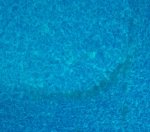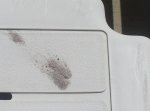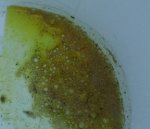I have a very fine powder on the bottom of my pool. When I vacuum, it is so fine that it passes right through the sand filter and comes back in the pool. When I brush it, it clouds up quickly and eventually re-settles. Otherwise water is clear.
I have been vacuuming to waste and refilling, but it comes back. When I added a lot of water at the start of the year, the dust didn't appear until just now (late June).
The pool water tests OK, and they said I needed to increase calcium hardness, so I didn't think it was a calcium dust, but....?
I chlorinate with trichlor tabs and shock with leslies power powder pro.
I added some pH up the other night, and it seemed to get worse right then, but that could be coincidence..
Perhaps I should switch to liquid and/or a different shock?
Partially drain and refill?
Too much dissolved solids?
Thanks,
I have been vacuuming to waste and refilling, but it comes back. When I added a lot of water at the start of the year, the dust didn't appear until just now (late June).
The pool water tests OK, and they said I needed to increase calcium hardness, so I didn't think it was a calcium dust, but....?
I chlorinate with trichlor tabs and shock with leslies power powder pro.
I added some pH up the other night, and it seemed to get worse right then, but that could be coincidence..
Perhaps I should switch to liquid and/or a different shock?
Partially drain and refill?
Too much dissolved solids?
Thanks,




